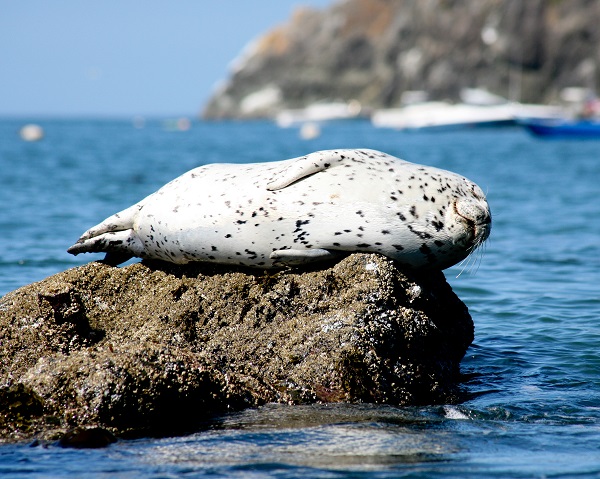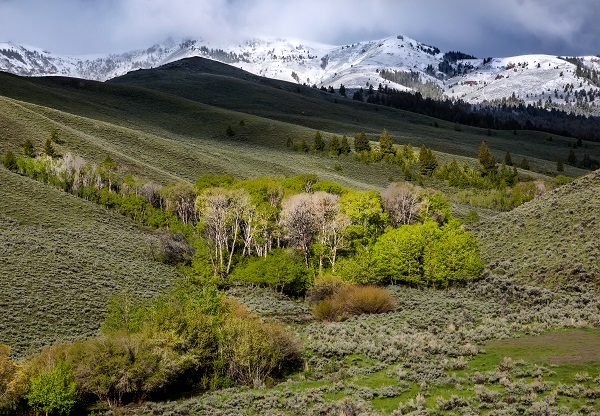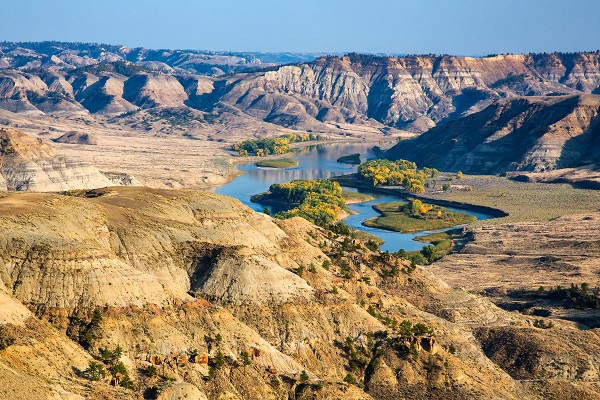Related Stories
- Using science to uncover mysteries of the Mesa archaeological site in Alaska
- “Where did my horse come from?” BLM launches a new way for adopters, trainers and others to learn about their wild horses and burros
- Lake Havasu Fisheries Improvement Program is the gift that keeps giving
- BLM is thankful for public lands volunteers
- Agua Fria National Monument: A desert oasis with a rich history and a vital present



